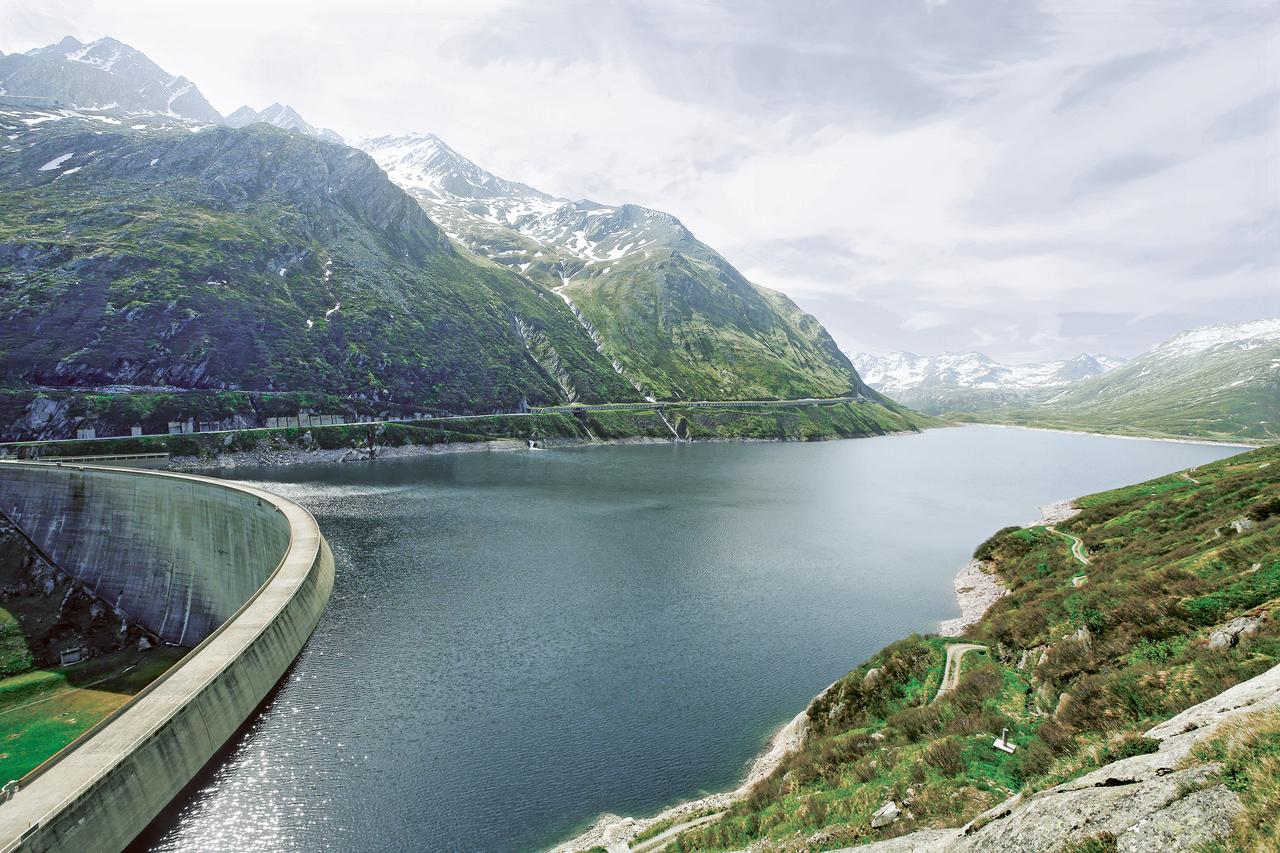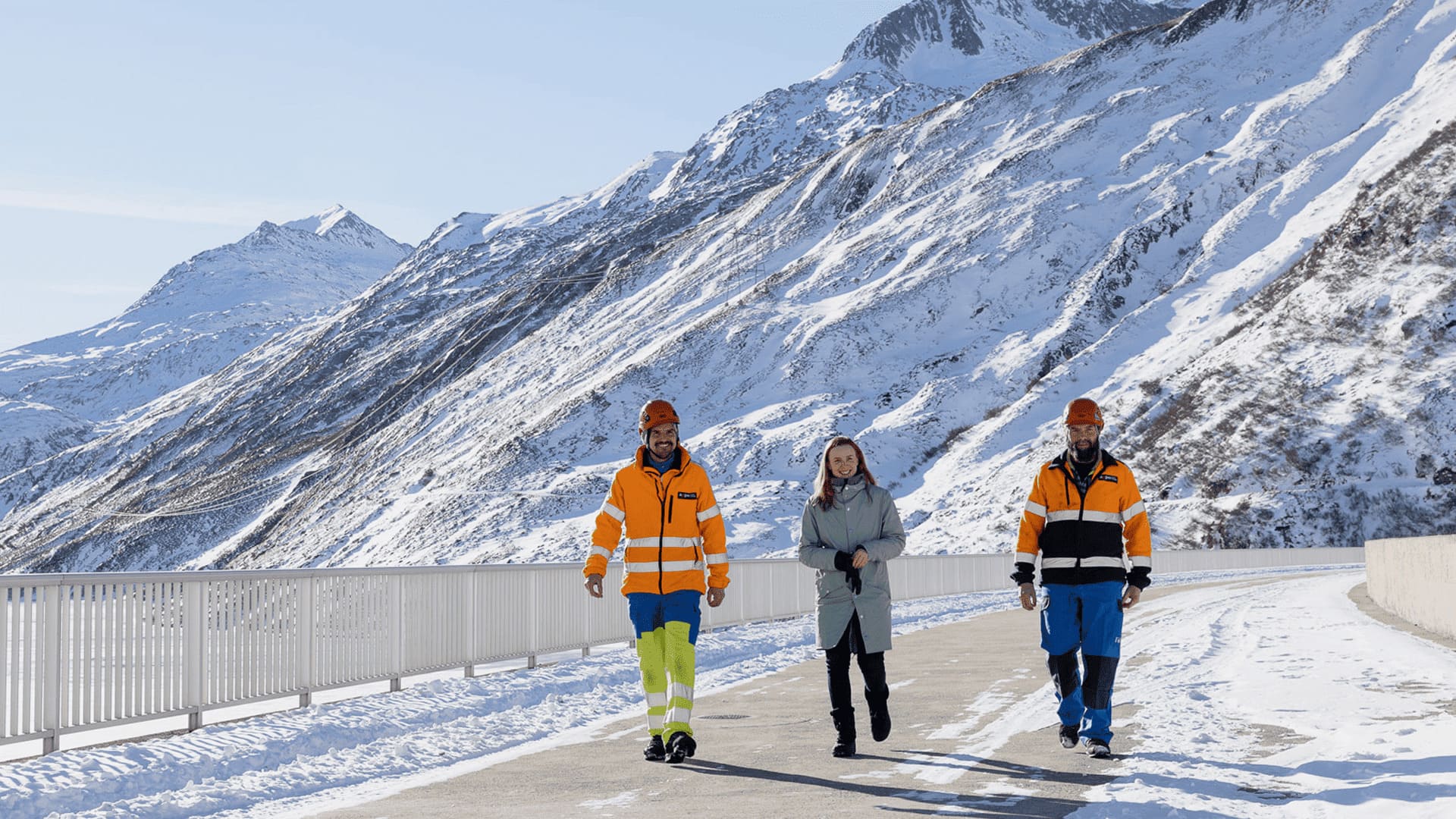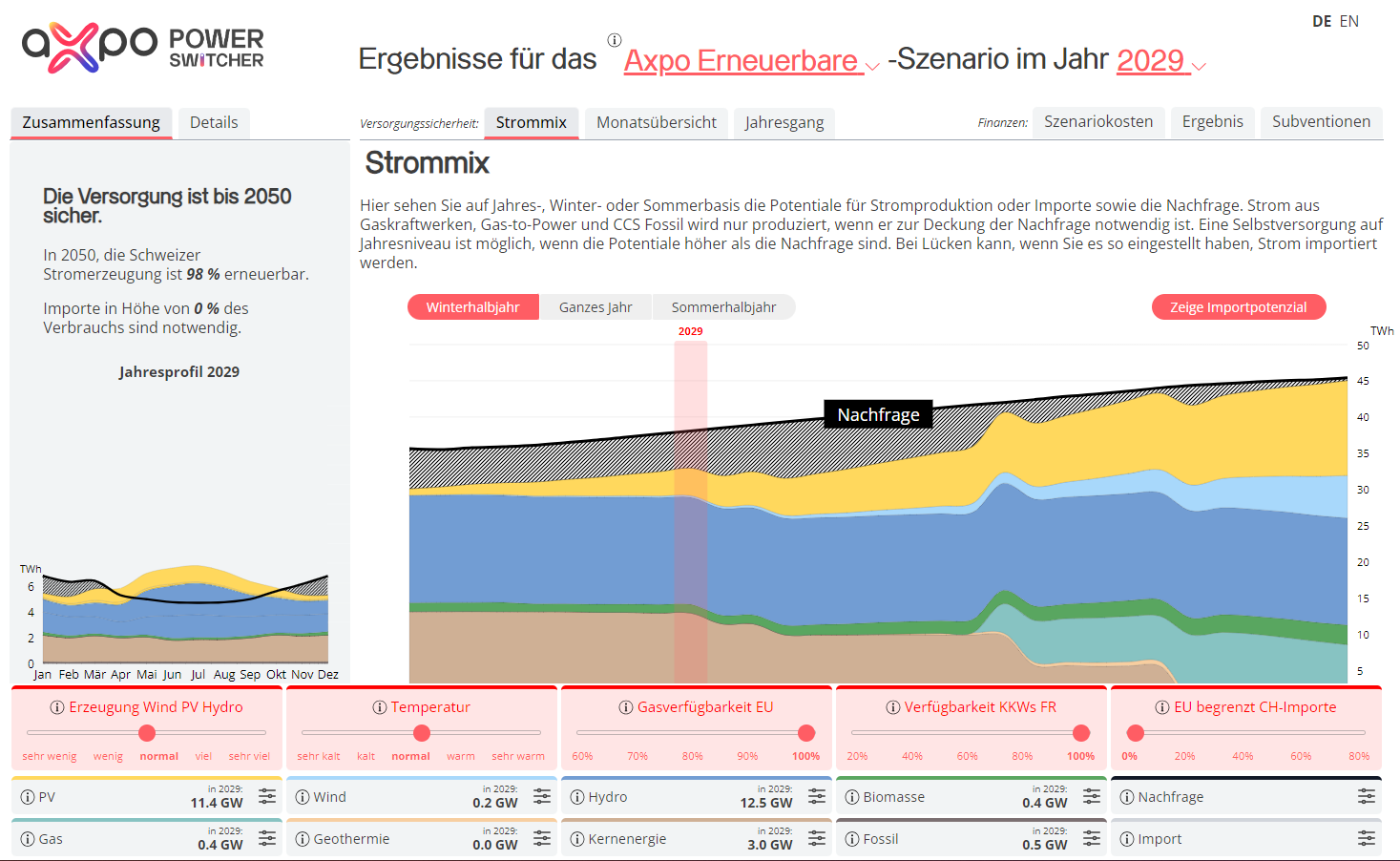12.11.2024 | European Energy Markets Monthly, November 2024
Navigating structural tightness and growing uncertainty as winter approaches
European energy markets navigated October comfortably, with most futures contracts closing near September levels. However, the gas market faced tighter conditions which limited inventory builds. Combined with looming supply risks, this led to higher gas prices. The upward trend was also followed by electricity prices, particularly in gas-dominated markets such as Italy. Heavy precipitation across Western Europe, meanwhile, boosted hydropower generation and helped contain electricity price increases. Spain in particular experienced significant flooding, further raising its hydro reservoir levels, while France entered November with hydro stocks at their highest levels in a decade. At the same time, low wind generation and cooler temperatures than in the past two years –while still above the long-term average – tightened the market. German spot electricity prices in early November exceeded 800 EUR/MWh for a few hours and closed at a near two-year high.
Although prices later returned to lower levels, this spike underscored the European electricity system’s vulnerability to such events during winter. Notably, electricity demand has not yet peaked and French nuclear performance, along with exports to neighbouring markets, remains robust. However, if colder weather increases demand France's temperature-sensitive electricity consumption could further strain the European electricity system by limiting exports. On the gas front, Europe entered November with gas storage levels slightly below the five-year average, hindered by ongoing unplanned supply disruptions in Norway and declining production in other parts of Northwest Europe, which tightened pipeline supply. Despite rising prices, LNG response was muted, partially because of delayed start-ups of new LNG supply projects and scheduled October maintenance in Qatar. Strong LNG import demand in regions such as Egypt and Brazil also contributed to the shortfall, leaving Europe vulnerable to potential colder weather. Ongoing uncertainty over the continuation of the Ukraine transit beyond December added risk premium to gas prices, with fluctuations depending on reports of Ukraine, Azerbaijan and EU buyers nearing an agreement to maintain transit into 2025. However, these reports have been regularly contradicted.
Looking ahead, significant uncertainty looms over Europe’s energy outlook as winter approaches. Donald Trump’s victory in the 2024 U.S. presidential election is expected to lead to new import tariffs, likely intensifying pressure on China’s economy and disrupting global supply chains, with potential ripple effects on global trade dynamics. Anticipating these developments, both the U.S. dollar and the S&P 500 saw notable gains, reflecting investor optimism about potential pro-business domestic policies that may also boost domestic fossil fuel production.
Further adding to the energy landscape uncertainty, the European Parliament is interviewing and voting on candidates for positions in the new European Commission. At the same time, the collapse of Germany’s coalition government has disrupted a tightly scheduled timeline for overdue legislation, adding further challenges to an already fragile macroeconomic situation. How severe the European situation is can be seen in the planned factory closures by Volkswagen in Germany, Yara’s shift of ammonia production to the US and a number of energy project cancellations in Nordic countries during the last few months.
We will continue to closely monitor these geopolitical and macroeconomic developments – as well as the volatile situation in the Middle East, which could escalate further – to assess and report their impact on the European energy market outlook.
Disclaimer
This document is for information purposes only. None of the statements and notes constitutes a solicitation, an offer or a recommendation for conducting any transactions. No warranty, either expressed or implied, is given for the information contained in this document. Actions based on this document made therein are the responsibility of those who undertake them. All liability for damages, which may result directly or indirectly from the use of this document, is disclaimed.
The accuracy, completeness or relevance of the information which has been drawn from external sources is not guaranteed although it is drawn from sources reasonably believed to be reliable. Estimates regarding future developments and other forward looking statements regarding commodities and therewith connected derivatives mentioned in this document may be based on assumptions that may not be realized. Axpo reserves the right to change the views reflected in the document without notice and to issue other reports that are inconsistent and reach different conclusions from the information presented in this document.




.jpg)





